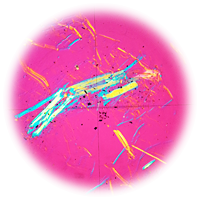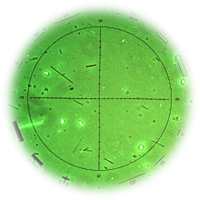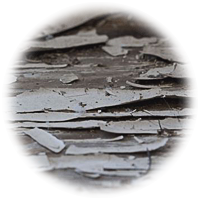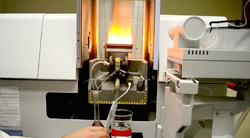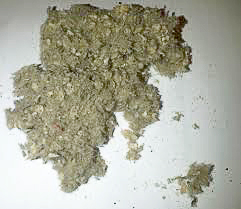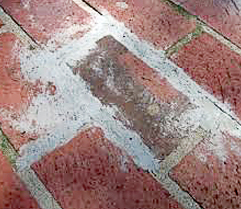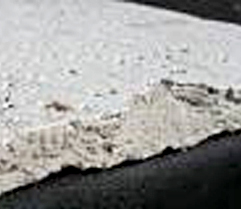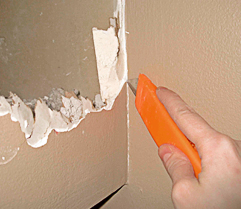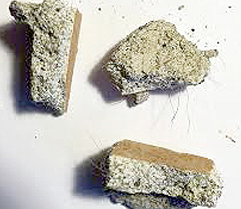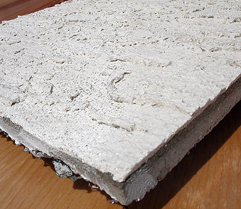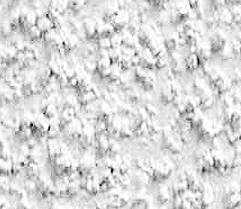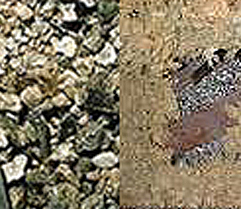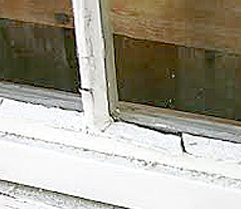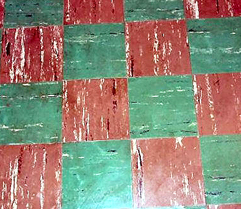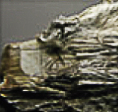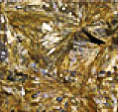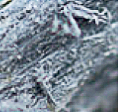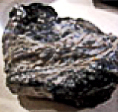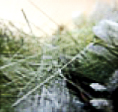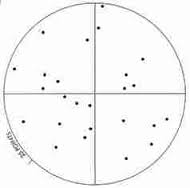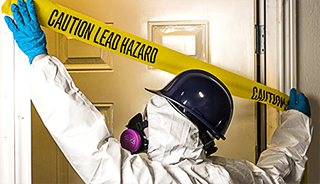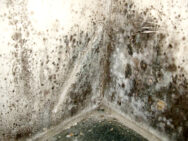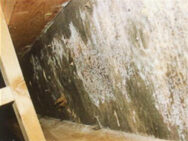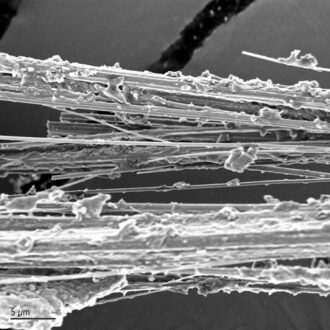Certifications
EPOCH is accredited with the Canadian Association for Laboratory Accreditation Inc. (CALA) for asbestos bulk and airborne fibers testing
LEADERS IN ASBESTOS, LEAD AND MOULD ANALYSIS
Quality, Convenience and Responsiveness
Guaranteed 24 hour results or faster turnarounds available
24/7 Emergency Service upon Request
Convenient After Hours Drop Box Slot
Sample Collection and Pickup Services direct from your Project Location
Fully Trained and Qualified Analysts
ISO/IEC 17025:2017 compliant and fully accredited
Fully Insured, Registered and in Good Standing with WorkSafeBC
Two Convenient Locations to Serve You
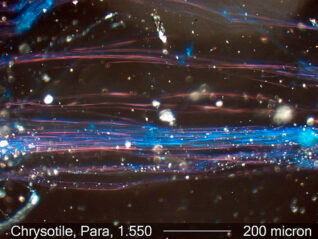
This is Chrysotile Asbestos under 10x dispersion staining magnification using a Polarized Light Microscope. Chrysotile is the most common form of asbestos in building materials.
EPA600/R93-116 is the Test Method utilized to detect asbestos with a 1% Limit of Detection (LOD) and <1% Limit of Quantitation (LOQ).
WorkSafeBC regulation defines “ Asbestos Containing Material ” (ACM) as containing 0.5% or more asbestos. An exception is made for Vermiculite-containing insulation materials, which are considered asbestos containing if ANY quantity of asbestos (<0.5%) is present.
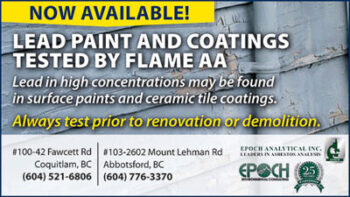
Bulk Sample Asbestos Identification using Polarized Light Microscopy (EPA600/R93/116)
Airborne Asbestos Fiber Counting using Phase Contrast Microscopy (NIOSH 7400)
Gravimetric 400 and 1000 Point Count for Bulk Asbestos
Lead Detection in Paints and Coatings
Lead (Pb) Detection by Open Beam X-Ray Fluorescence (XRF) Analysis
Lead (Pb) Detection by Flame Atomic Absorption Spectroscopy (FAA) NISOH 7082
Mold and Bacteria Analysis
Transmission Electron Microscopy (TEM)
Certifications
of Epoch Analytical Inc.
EPOCH ANALYTICAL INC is accredited with the Canadian Association for Laboratory Accreditation Inc. (CALA) for bulk asbestos and airborne fiber analysis (A3533).

